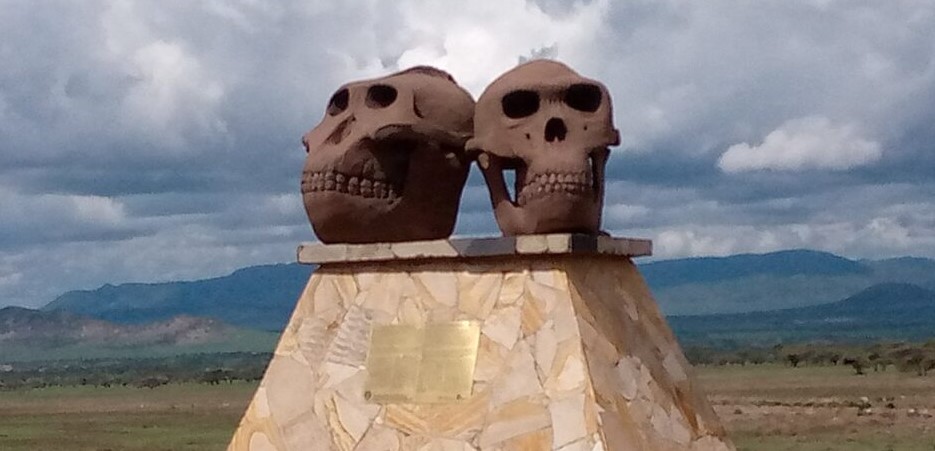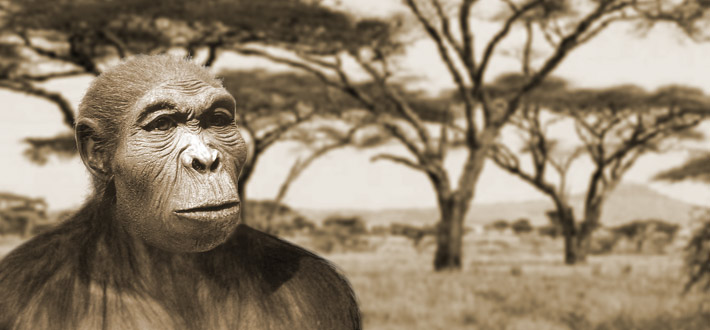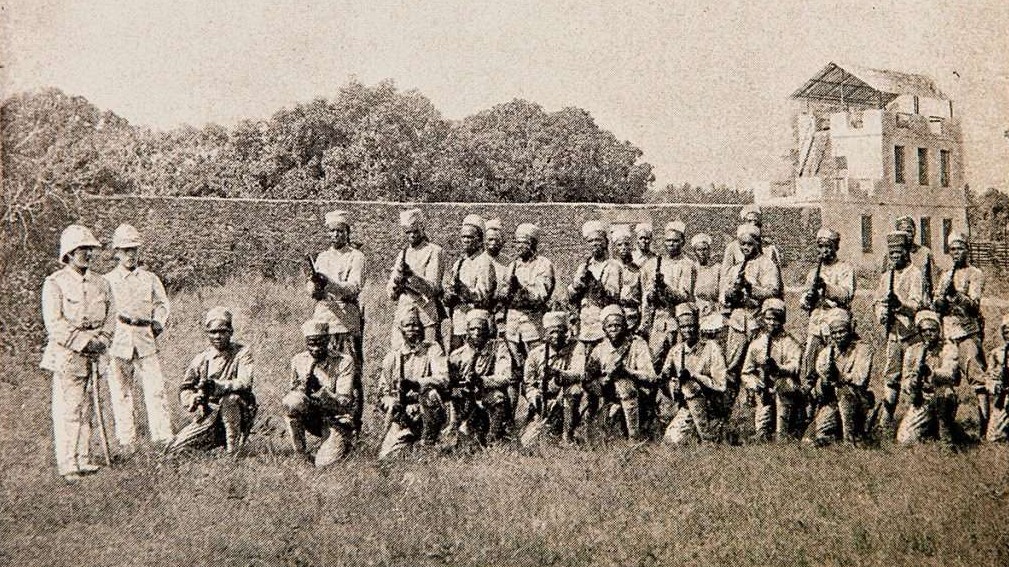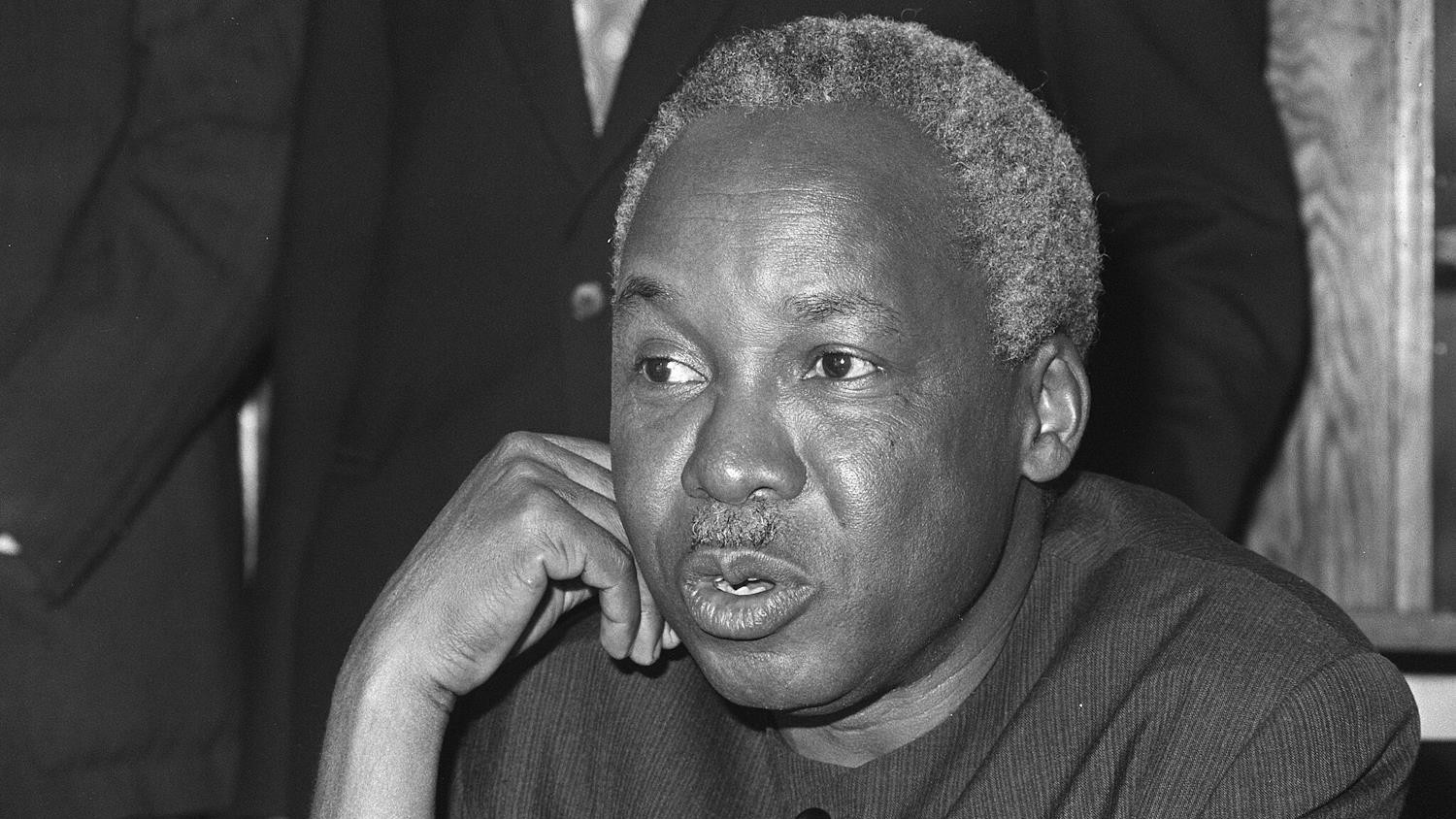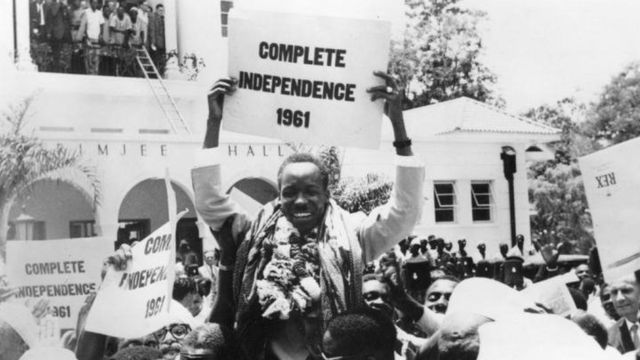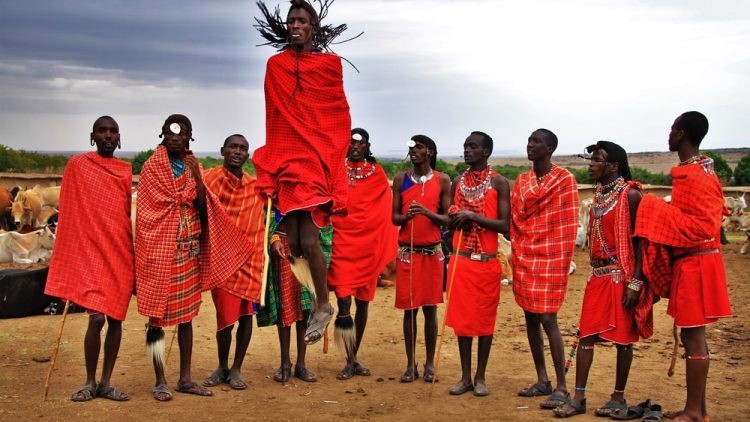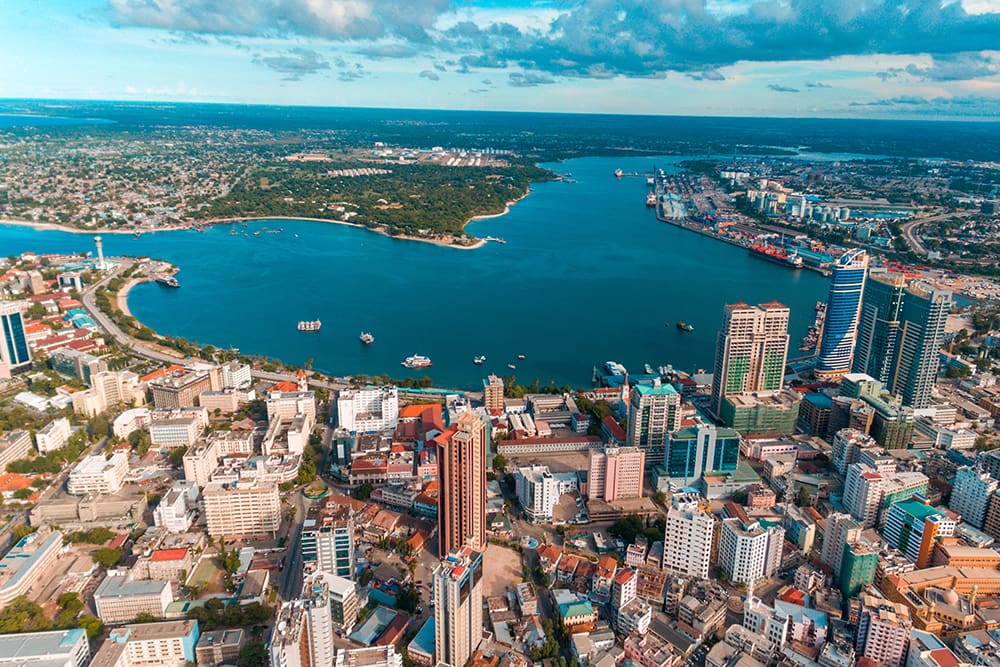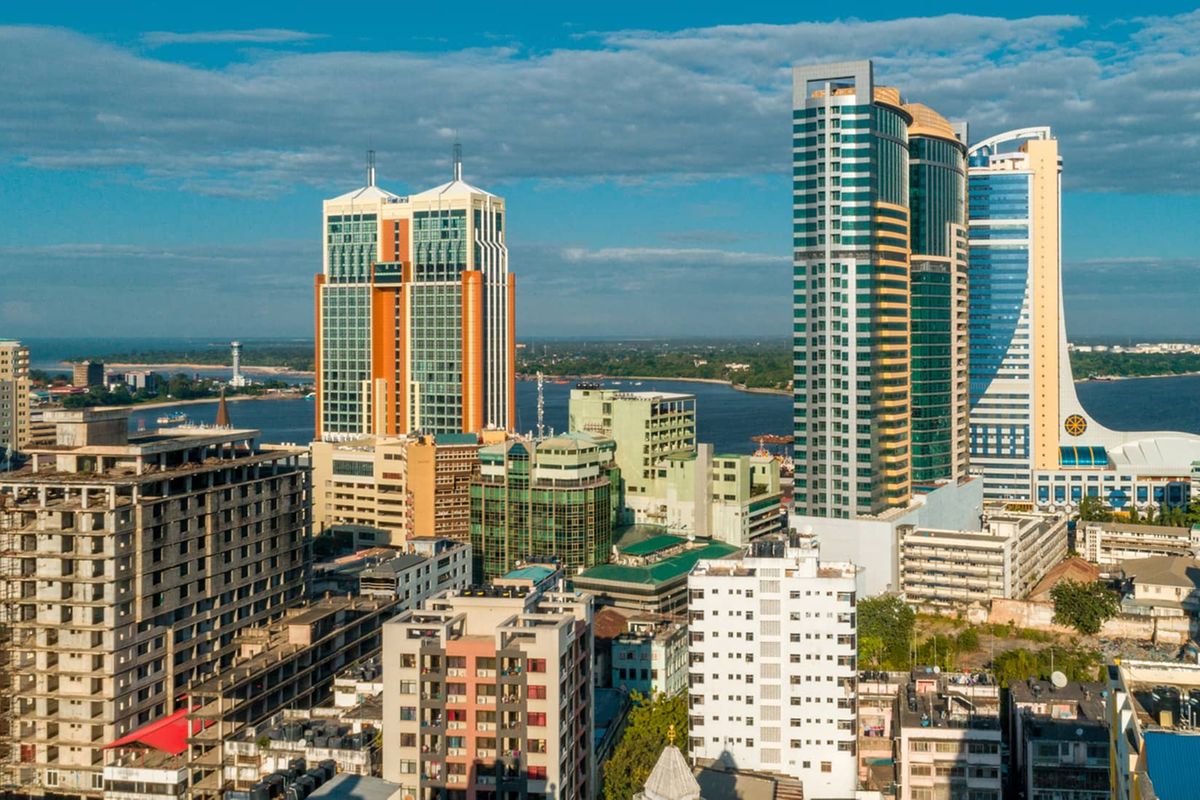Early Civilizations
Tanzania has been inhabited for millions of years, with early human ancestors such as Homo habilis and Australopithecus living in the region. The Olduvai Gorge, a famous archaeological site, provides evidence of ancient tools and early human settlements.
Tanzania, home to ancient human ancestors, holds a unique place in the study of early civilizations. The Olduvai Gorge, often called the "Cradle of Mankind," has revealed fossils of early humans like Homo habilis and Australopithecus, showing their tool-making abilities and adaptations. Nearby, the Laetoli site, famous for its 3.6-million-year-old footprints, provides some of the earliest evidence of bipedalism, revealing that early humans walked upright. Over time, Bantu-speaking people migrated to the region, bringing advancements in agriculture and ironworking around 500–1000 CE, shaping the foundations of Tanzanian society. The archaeological sites of Tanzania continue to offer crucial insights into human evolution and draw worldwide interest for their historical significance. Tanzania, home to ancient human ancestors, holds a unique place in the study of early civilizations. The Olduvai Gorge, often called the "Cradle of Mankind," has revealed fossils of early humans like Homo habilis and Australopithecus, showing their tool-making abilities and adaptations.
Colonial History
From the late 19th century, Tanzania became a focus of European colonization, first under German rule and later British. The colonial period brought both development and challenges, influencing Tanzania's culture, infrastructure, and economy.
In the late 19th century, Tanzania fell under European colonization, starting with German control over Tanganyika in the 1880s. German East Africa introduced new infrastructure, like railways and roads, but their rule was marked by strict policies and local resistance, including the famous Maji Maji Rebellion of 1905-1907. Following World War I, Britain took over Tanganyika, establishing systems that further shaped the region's economy and education. While colonial rule led to infrastructure growth, it also imposed economic challenges and cultural shifts, impacting local traditions and livelihoods. These influences set the stage for Tanzania’s independence movement, leading to sovereignty in 1961. In the late 19th century, Tanzania fell under European colonization, starting with German control over Tanganyika in the 1880s. German East Africa introduced new infrastructure, like railways and roads, but their rule was marked by strict policies and local resistance, including the famous Maji Maji Rebellion of 1905-1907.
The Independence Movement
In the mid-20th century, Tanzania embarked on a journey toward independence. Led by Julius Nyerere and the Tanganyika African National Union (TANU), the nation gained independence from British rule in 1961. Zanzibar joined in 1964 to form the United Republic of Tanzania.
Tanzania's independence movement gained momentum in the mid-20th century, driven by the desire to end colonial rule. Julius Nyerere, leader of the Tanganyika African National Union (TANU), played a key role in uniting people across the nation for self-rule. Through peaceful political activism and negotiations, Tanganyika achieved independence from Britain on December 9, 1961. In 1964, Zanzibar, which had gained independence from British rule earlier that year, merged with Tanganyika to form the United Republic of Tanzania. This unification marked a new chapter in the country’s history, with Nyerere becoming the first president and championing policies of African socialism and national unity. Tanzania's independence movement gained momentum in the mid-20th century, driven by the desire to end colonial rule. Julius Nyerere, leader of the Tanganyika African National Union (TANU), played a key role in uniting people across the nation for self-rule.
Culture and Traditions
Tanzania is a melting pot of cultures with over 120 ethnic groups, each contributing unique languages, dances, and traditions. The Swahili culture, with its origins in the coastal region, is known for its rich music, storytelling, and traditional crafts.
Tanzania is home to over 120 ethnic groups, each with its own distinct language, traditions, and cultural practices. The country's rich cultural diversity is reflected in its vibrant music, dance, and art forms. The Swahili culture, originating from the coastal regions, is one of the most prominent. It blends African, Arab, and Indian influences, especially seen in its language, cuisine, and architecture. The Swahili people are known for their rich traditions in storytelling, music (such as taarab), and crafts like beadwork and wood carving. The Maasai people, one of Tanzania’s most famous ethnic groups, are renowned for their distinct cultural practices and semi-nomadic lifestyle. Known for their brightly colored shukas (cloaks), bead jewelry, and intricate rituals, the Maasai are also known for their strong traditions in herding cattle and maintaining a close connection to nature. Their social structure is deeply rooted in age-old customs, and ceremonies such as the Eunoto (the coming-of-age ritual for young warriors) highlight their cultural importance. The Maasai's language, Maasai, and their practices of storytelling, music, and dance are central to their identity. Tanzania is home to over 120 ethnic groups, each with its own distinct language, traditions, and cultural practices. The country’s rich cultural diversity is reflected in its vibrant music, dance, and art forms.
Modern Tanzania
Today, Tanzania is a vibrant nation with a growing economy, known for its tourism, agriculture, and natural resources. The government emphasizes education, healthcare, and infrastructure to support its citizens and future growth.
Modern Tanzania is a dynamic and rapidly developing nation, known for its diverse economy and abundant natural resources. Tourism plays a significant role, with the country’s famous attractions like Serengeti National Park, Mount Kilimanjaro, and Zanzibar drawing visitors from around the world. Agriculture also remains vital, with crops such as coffee, tea, and cashew nuts contributing to both domestic and international markets. The Tanzanian government prioritizes development in education, healthcare, and infrastructure to improve the quality of life for its citizens. Efforts are underway to expand access to education, improve healthcare services, and build modern infrastructure, including roads, energy, and technology, to support long-term economic growth and sustainability. Tanzania’s growing economy and progressive policies are positioning it as an emerging leader in East Africa, with a focus on creating opportunities for its people and fostering a more competitive global presence. Modern Tanzania is a dynamic and rapidly developing nation, known for its diverse economy and abundant natural resources. Tourism plays a significant role, with the country’s famous attractions like Serengeti National Park, Mount Kilimanjaro, and Zanzibar drawing visitors from around the world.
